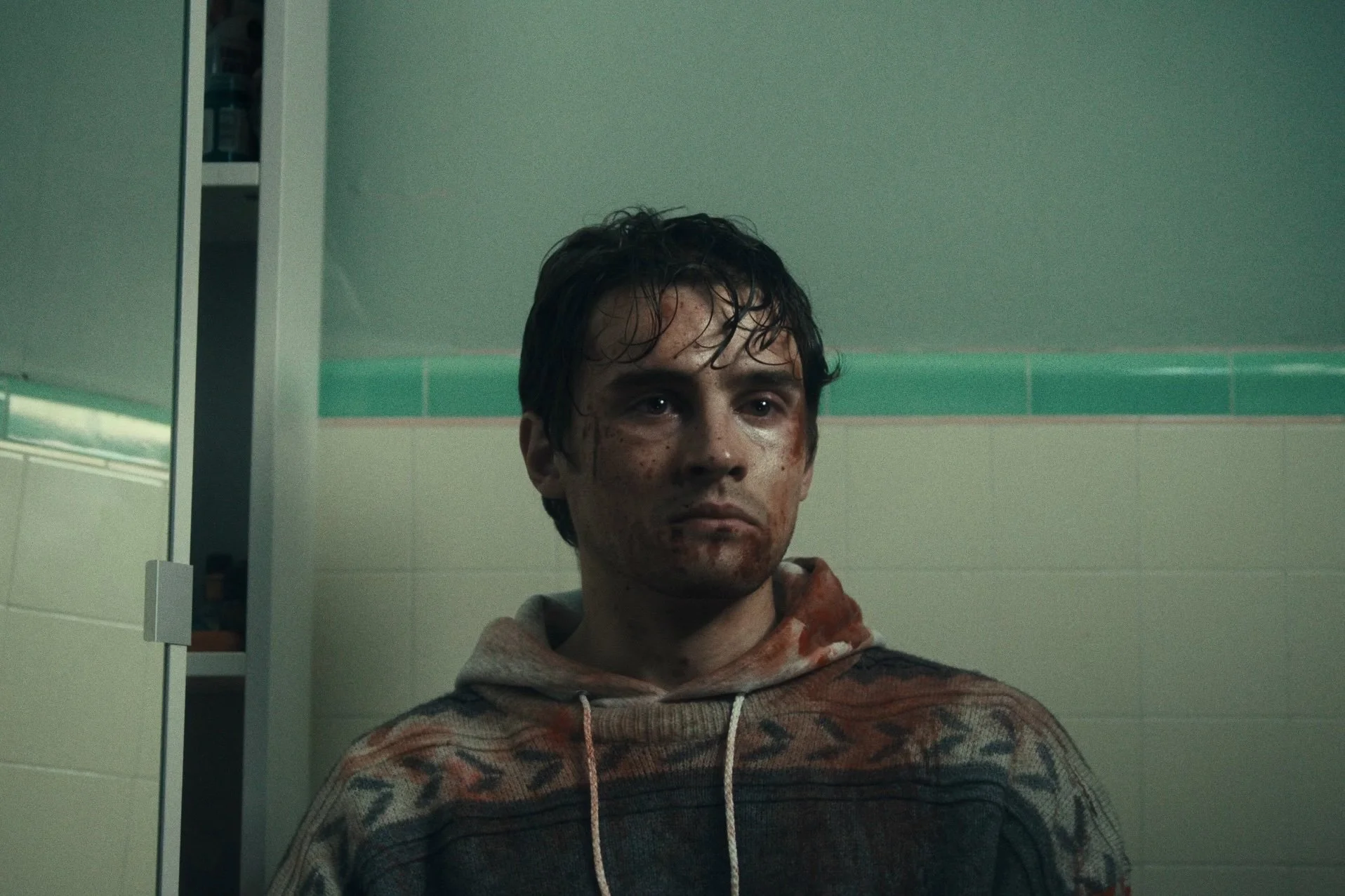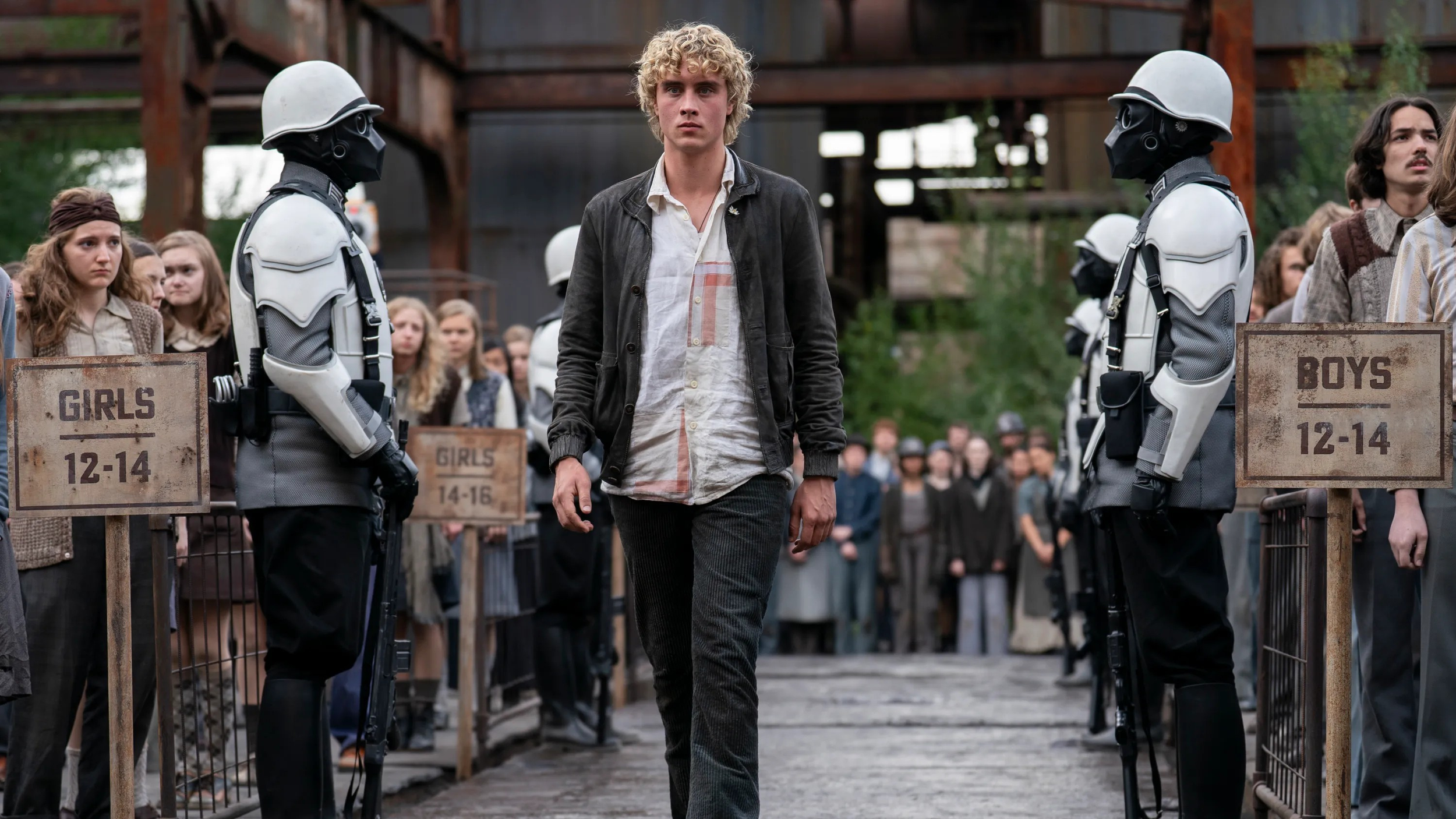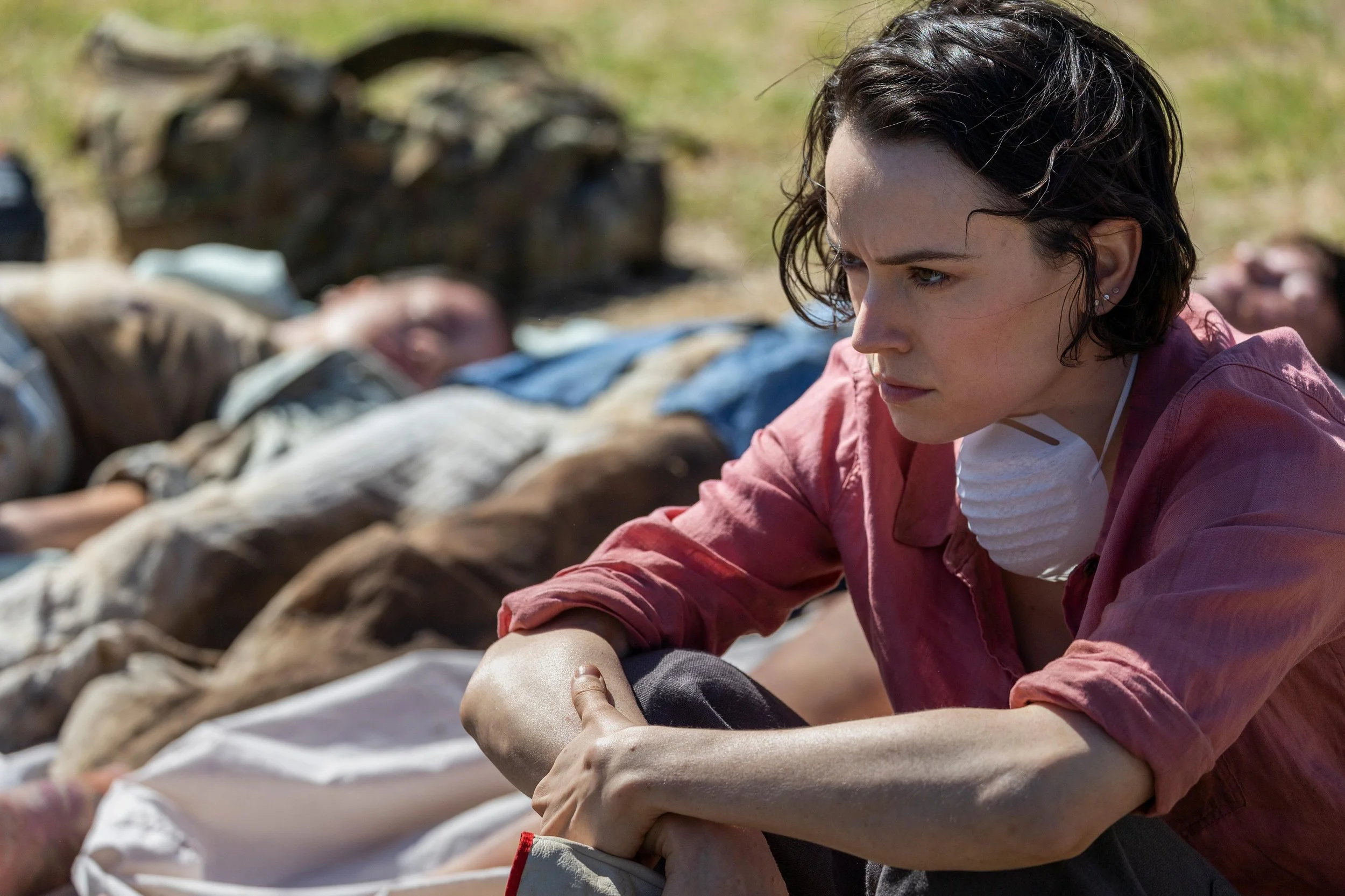Film Flashbacks: When a Stranger Calls (2006)
Simon West’s remake of When a Stranger Calls distills the infamous opening of the 1979 original into a tight, night-long siege and turns a lavish lakeside home into a pressure cooker. With Camilla Belle as babysitter Jill Johnson, the film leans on mood, negative space, and a brilliantly weaponized smart house to deliver a PG-13 thriller that still hums nearly twenty years on.
A Contained Arena Built for Dread
The single location is the movie’s superpower. West and cinematographer Peter Menzies Jr. stage the Mandrakis estate as a maze of glass, galleries, and long lines of sight, framed by a guest house and a black lake outside the windows. Motion-activated lights, blinking security readouts, and shadowy corners become narrative tools, not just decor.
The camera lingers on stairwells and empty thresholds until the ordinary looks predatory. A simple cut to the guest house window or a kitchen light flicking on can land like a jump scare. The production design invites your imagination to do half the work, and the film knows exactly how to exploit that.
Suspense in Almost Every Minute
What impresses most is how little dead air the movie allows. Phone rings are blocked like stingers, wide shots hold just long enough to seed doubt, and even transitional beats carry menace. The pacing is sharp for a studio PG-13: sequences ramp quickly, plateau in tense stillness, then pay off with clean reveals or escapes.
The opening stretch, which prologues the threat before Jill’s shift begins, is also particularly chilling and efficient, announcing a killer who is already one step ahead and setting stakes that the film respects. The famous “inside the house” turn is telegraphed by concept, yet the route to it remains effective because the beats are sculpted with clarity.
Classic Teen-Terror DNA
The movie borrows classic teen-horror tropes and plays them straight. There’s a complicated romance waiting offscreen, a careless friend who breaks the rules, and a responsible final girl whose instincts sharpen under pressure.
Belle’s performance keeps Jill grounded and reactive rather than quippy, which matters in a film that gets most of its effect from controlled performance and framing. Supporting turns, including Katie Cassidy’s Tiffany, sketch the social world quickly and economically, then move out of the way so the house can become the main character.
A Killer Who Doesn't Need a Mask
The remake understands that a silhouette can be more unnerving than latex or gore. The Stranger (played to perfection by Tommy Flanagan )is most frightening in half-glimpses: a figure lingering in an open space, a shape sliding past a window, a reflection that might be something else.
The choice to rely on shadows and silhouettes rather than a costumed boogeyman lets sound design and blocking do the heavy lifting. When the intruder finally commits to close-quarters violence, it feels like the climax of an idea the movie has been nursing since its first frame. The result is menace that reads as human, not supernatural, which fits the phone-stalker mythology and keeps the threat disturbingly plausible.
Accessible, Efficient, and Still Effective
Plenty of remakes date quickly. This one plays clean in 2025 because it focuses on fundamentals like geography, rhythm, and payoff. It also optimizes the genre for PG-13 without sanding off the tension, which is harder than it sounds.
Furthermore, there are no indulgent detours, and the film rarely breaks its own rules. Even after the climactic reveal and arrest, the coda teases lingering trauma with a final hospital-room vision that lands as a last shiver rather than a franchise pitch (but we really do need a proper sequel here). And if you came for high stakes without hard-R excess, the movie knows how to deliver.
Score: 8.5/10
A lean, beautifully staged home-invasion remake that squeezes suspense from every corridor and window. Smart design, sharp pacing, and a human-scale villain make When a Stranger Calls a PG-13 chiller that still works almost twenty years later.







